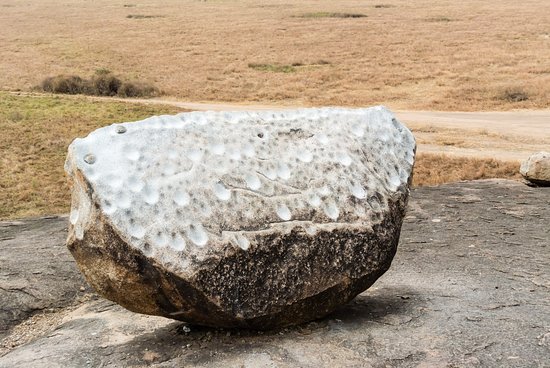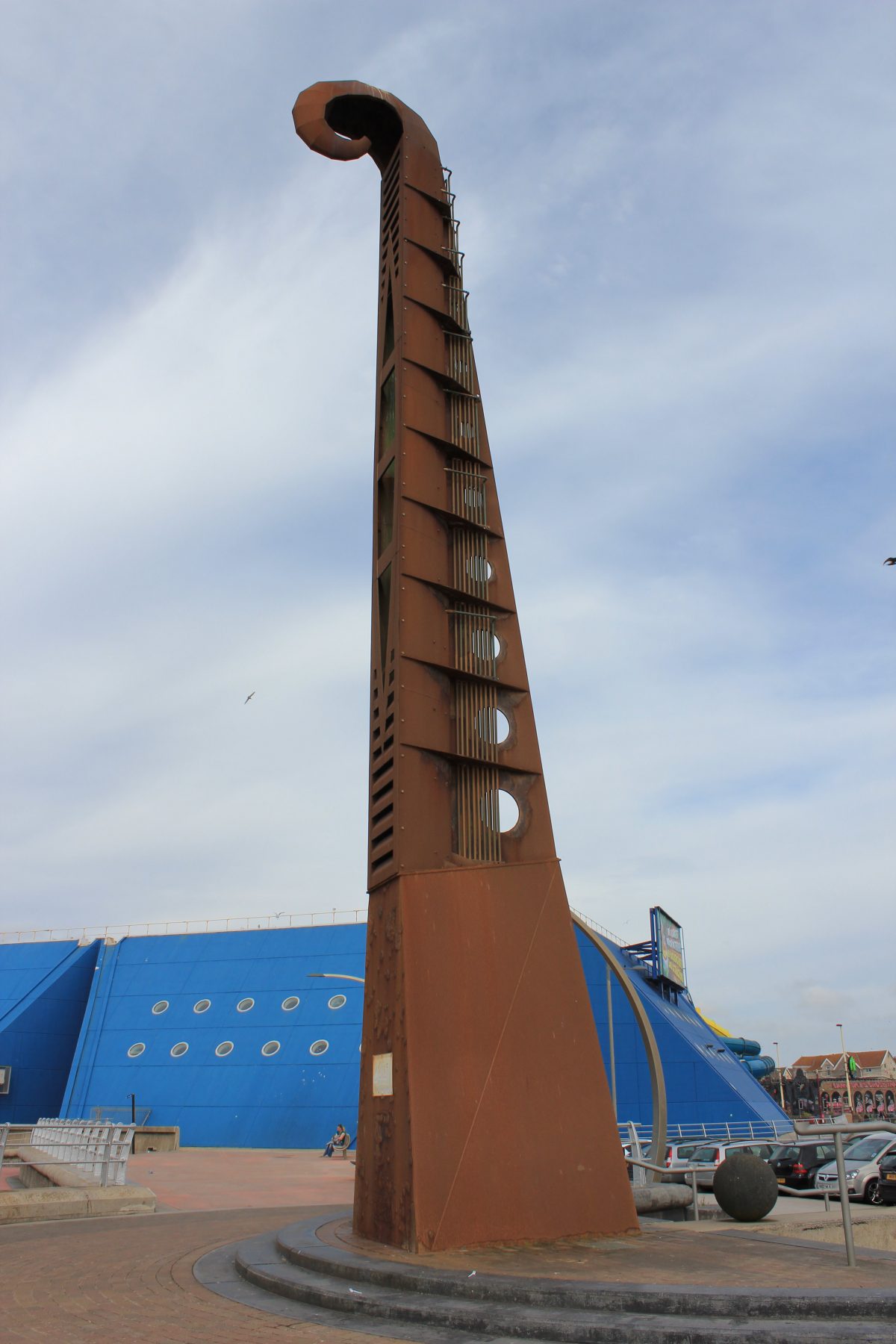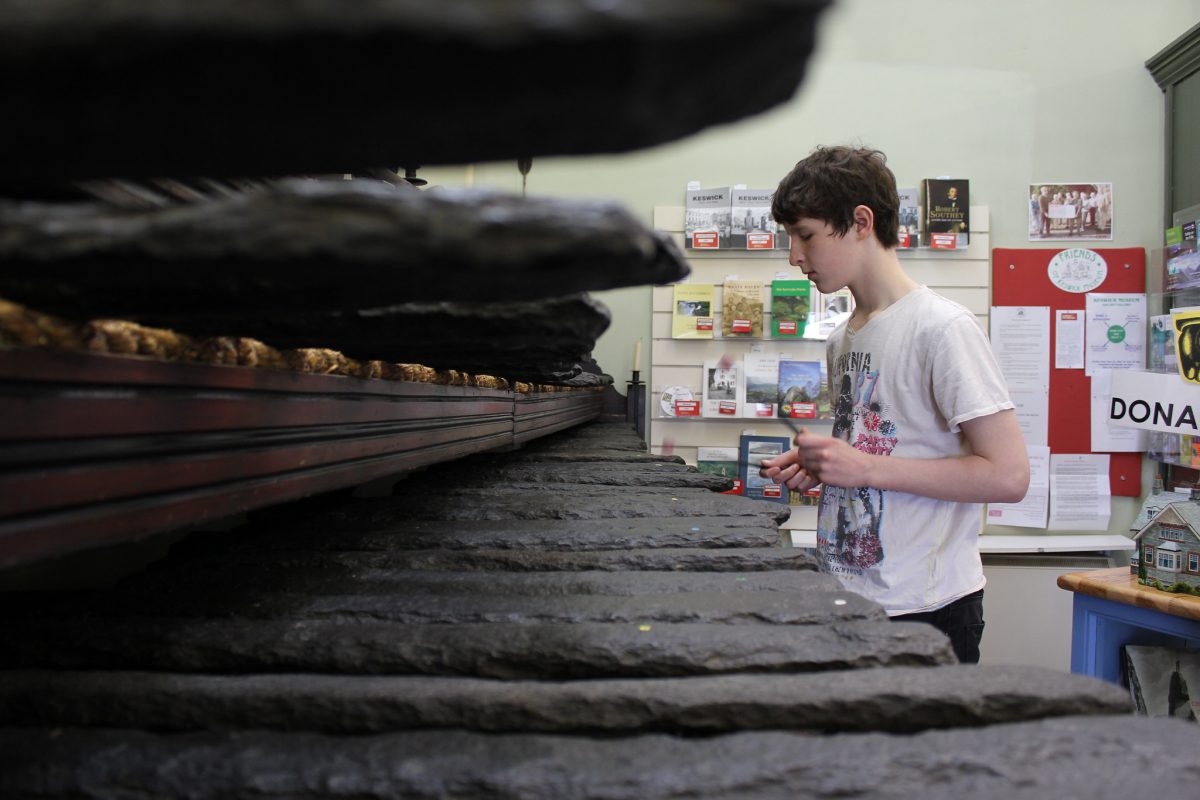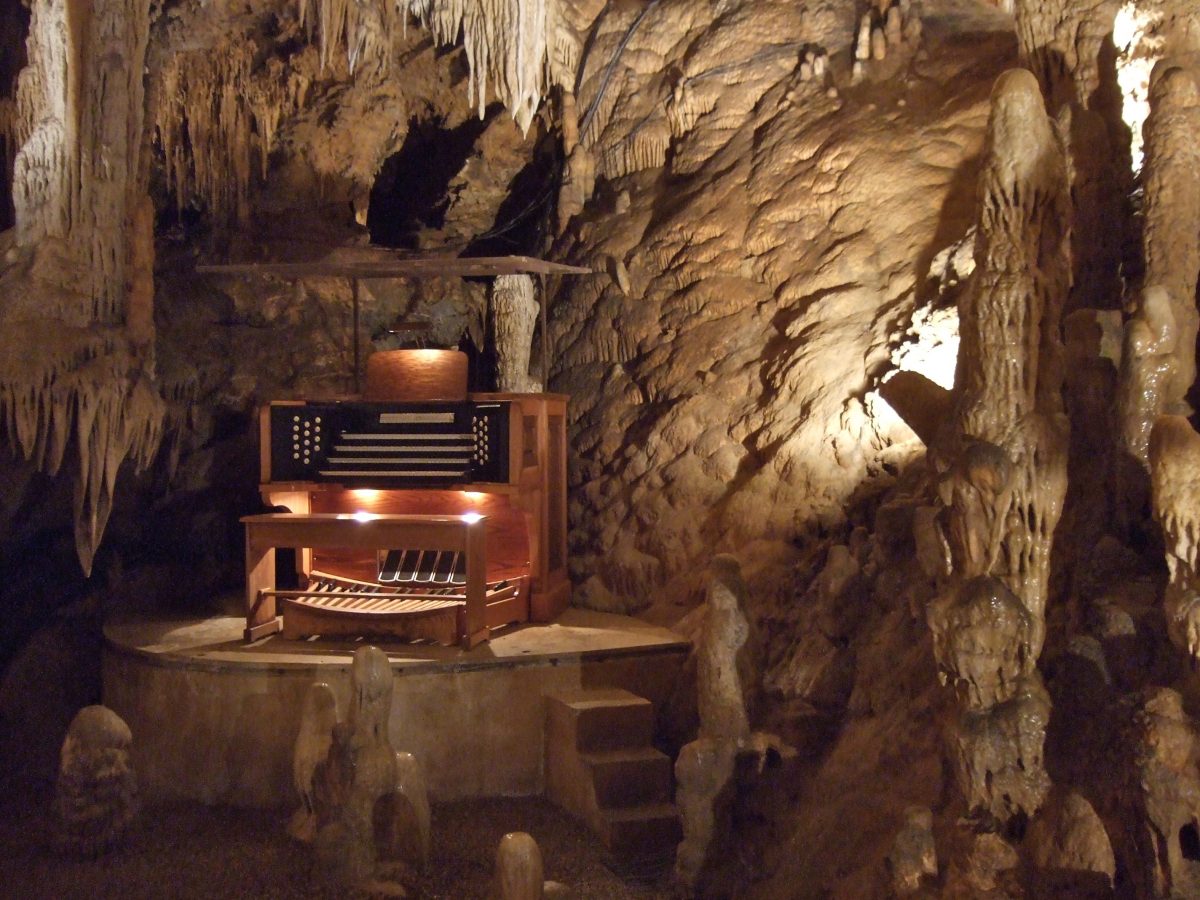Musical artefacts provide some evidence of what our ancestors’ listened to. Unlikely as it may seem, some large boulders can ring with a metallic clang when struck with another stone. Hammered indents on large boulders like this one in the Serengeti show us that the rocks were struck and played in the past. Some of these rock gongs are assumed to date back to antiquity, but getting exact dates of use from percussion marks is difficult.
Location
North eastern end of the Moru Kopjes area, with the Mbalageti river a short distance east of it. You can also find rock gongs at other sites in Africa.
Credit
Seronera photo courtesy of Tripadvisor









